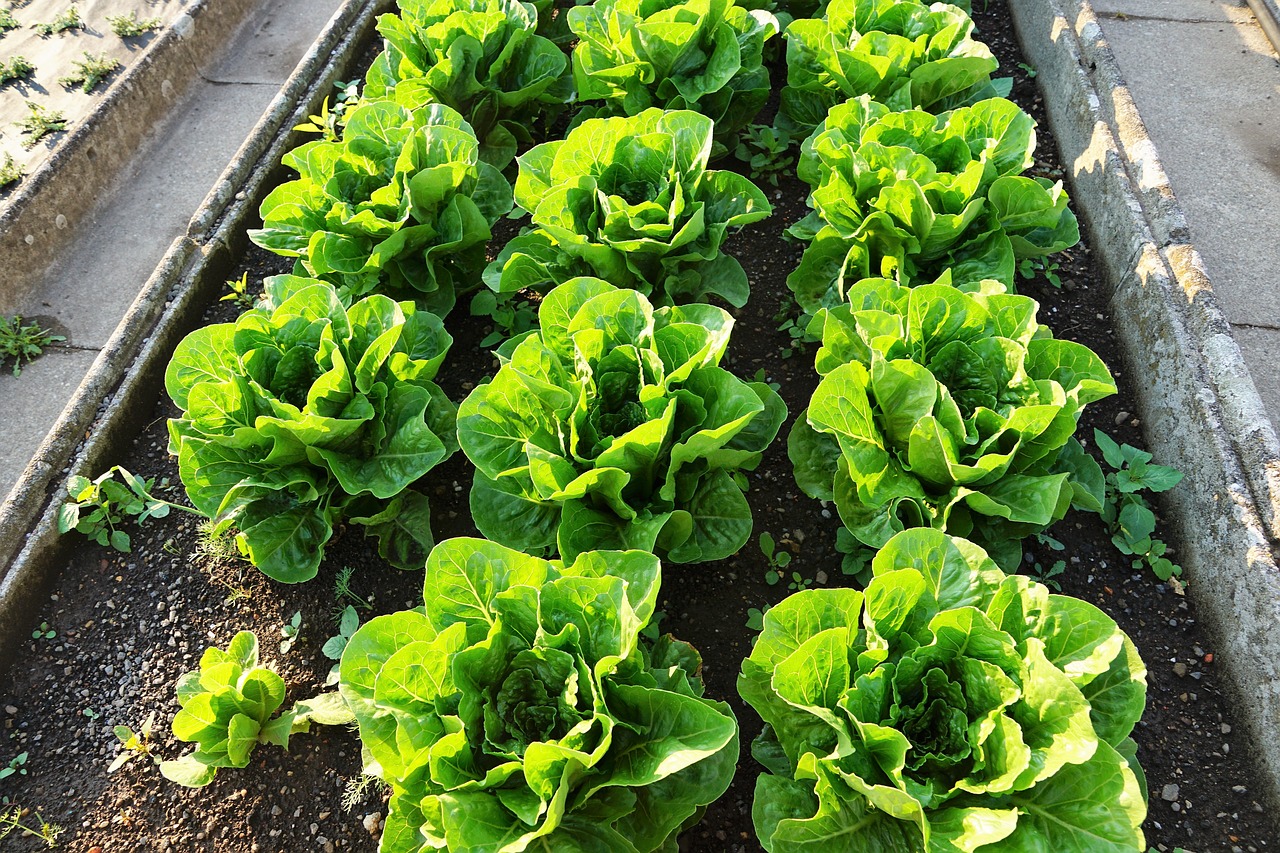
Are you tired of feeling confused and overwhelmed by the labels on your food? Do you want to take control of your weight and health, but don’t know where to start? Look no further than “.” In this article, we’ll break down the mysteries of food labels and provide you with the tools you need to make informed choices about the foods you eat. Whether you’re looking to shed a few pounds or simply improve your overall well-being, mastering the art of decoding food labels is a crucial step in achieving your goals. So grab a pen and paper, and let’s get started!
1. The Power of Decoding Food Labels for Weight Loss
Understanding food labels is an essential part of maintaining a healthy diet and achieving weight loss goals. With so many options available in the market, it can be challenging to determine which foods are beneficial for weight loss and which ones are not. Decoding food labels can help make informed choices and ultimately lead to weight loss success.
One of the most crucial factors to consider when reading food labels is the serving size. Often, the calorie and nutrient information on the label is based on a serving size that may differ from the amount you consume. Paying attention to serving size can help you control portions and avoid overeating. Additionally, looking for foods that are low in saturated and trans fats, added sugars, and sodium can help reduce the risk of heart disease and other health issues.
- Tip: Look for foods that have less than 10% of the daily value (DV) for saturated fat, added sugars, and sodium per serving.
- Tip: Choose foods that are high in fiber, protein, and other essential nutrients to keep you feeling full and satisfied.
- Tip: Avoid foods with ingredients that you can’t pronounce or don’t recognize, as they may be artificial and unhealthy.
2. Unraveling the Mystery: A Guide to Understanding Food Labels
Food labels can be confusing, especially when you’re trying to make healthy choices. Understanding what’s in your food and how it can affect your health is essential to making informed decisions. Here are some tips to help you decode food labels:
– Look for the serving size: This is the amount of food that the nutrition information is based on. Make sure to check the serving size to see how many calories and nutrients you’re actually consuming.
– Check the ingredients list: The ingredients are listed in order of quantity, with the largest amount first. Look for whole foods at the top of the list and avoid products that contain added sugars, artificial colors, and preservatives.
– Pay attention to the nutrient values: The % Daily Value (%DV) shows how much of a nutrient is in one serving of the food and how it fits into your daily diet. Aim for foods that are high in fiber, vitamins, and minerals, and low in saturated and trans fats, cholesterol, and sodium.
Understanding food labels can be overwhelming, but it’s an important step in making healthy choices. By paying attention to the serving size, ingredients list, and nutrient values, you can make informed decisions about what you’re putting into your body.
3. Mastering the Art of Label Reading for Optimal Weight Management
When it comes to weight management, reading the labels on your food products is crucial. It can be overwhelming to decipher all the information on a label, but with a little practice, you can become a pro at it. Here are some tips for mastering the art of label reading:
- Start with the serving size: This is important because all the information on the label is based on the serving size. Make sure you are comparing similar serving sizes when looking at different products.
- Check the calories: The number of calories in a serving is also important to consider. If you are trying to lose weight, you may want to choose products with fewer calories per serving.
- Look for added sugars: Added sugars can contribute to weight gain and other health problems. Look for products with little to no added sugars.
Other things to consider when reading labels include the amount of fat, sodium, and fiber in a serving. It’s important to remember that the ingredients list can also be helpful in determining the overall healthfulness of a product. By taking the time to read labels and make informed choices, you can better manage your weight and overall health.
4. From Calories to Ingredients: How to Decode Your Labels for a Healthier You
When it comes to choosing the right foods for a healthier lifestyle, it can be a challenge to navigate the complex world of food labels. From calories to ingredients, decoding labels can be a daunting task. But with a little knowledge and guidance, you can learn to read food labels like a pro and make informed choices that will benefit your health.
One of the first things to look for on a food label is the serving size. This will give you an idea of how much of the food you should be eating to get the nutrition information listed on the label. Next, take a look at the calories per serving. If you’re trying to lose weight, it’s important to keep track of your calorie intake. But remember that not all calories are created equal. A food that is high in calories but also high in nutrients can be a better choice than a low-calorie food that is low in nutrients.
- Look for foods that are high in fiber. Fiber can help you feel full and satisfied, which can prevent overeating.
- Avoid foods that are high in saturated and trans fats. These types of fats can increase your risk of heart disease.
- Choose foods that are low in added sugars. Too much sugar can lead to weight gain and other health problems.
Finally, take a look at the ingredient list. Ingredients are listed in order of weight, with the most abundant ingredient listed first. If you see a lot of unfamiliar ingredients or ingredients that you can’t pronounce, it may be a sign that the food is highly processed and not the best choice for your health. By taking the time to decode food labels, you can make informed choices that will help you achieve your health goals.
In conclusion, decoding food labels can be a game changer when it comes to weight loss. By knowing what ingredients to look out for and what to avoid, you can make informed decisions about what you put into your body. Remember to focus on whole, nutrient-dense foods and to limit processed and packaged items. With a little practice, you’ll become a pro at mastering food for weight loss. So go ahead and decode those labels, and take control of your health and wellness journey today!

